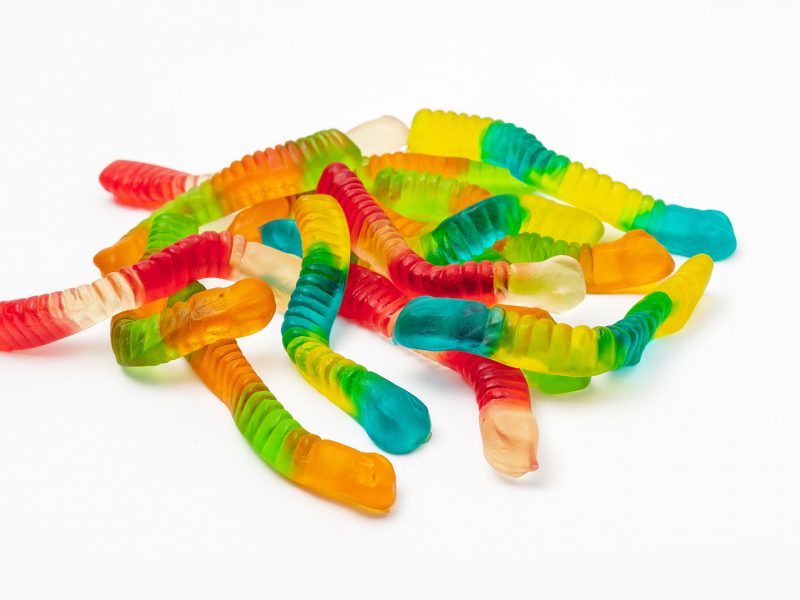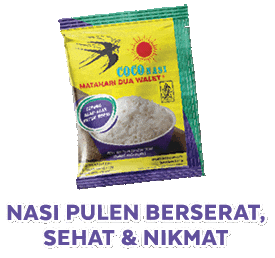
Types of edible seaweed come in many forms. Seaweed grows along rocky coastlines around the world, but is most commonly eaten in Asian countries such as Japan, Korea and China. There are various types of edible seaweed.
The type of seaweed that is quite popular is nori which comes from Japan. Indonesia also has its own seaweed cultivation. A number of edible types of seaweed can be easily found in Indonesia. Even this type of edible seaweed has become a promising export commodity.
Here are 10 types of edible seaweed, summarized from various sources
Jelly Seaweed
Jelly seaweed is often found in a mixture of fruit ice and seaweed ice. Seaweed which has the Latin name Eucheuma Cottonii is widely cultivated in Indonesia. Jelly seaweed is usually brown, red, or green in color. It is cylindrical or flat with irregular branches.
In Indonesia, E. Cottonii cultivation is found in South Sulawesi, Central Sulawesi, Southeast Sulawesi, East Nusa Tenggara, West Nusa Tenggara, Bali and East Java. Apart from being eaten directly, this seaweed is also processed into flour, gelatin, and cosmetic ingredients.
Sea lettuce
Sea lettuce or Ulva is a type of seaweed that is widely distributed along the world’s oceans. The individual blades of sea lettuce can grow to over 400 mm. The shape of this seaweed resembles a lettuce with a light to dark green color.
Gelidium
Gelidium is a type of red seaweed which is also a commodity of seaweed in Indonesia which is widely exported. Gelidium Sp. has a length of approximately 20 cm and a width of 1.5 mm. The thallus is red, brown, green-brown or blonde.
Seaweed cultivation site Gelidium Sp. located on the coast of the Thousand Islands, Riau Islands, Lombok, Sulawesi, Maluku and Papua. Gelidium is the main ingredient in gelatin.
Gracilaria
Gracilaria is a type of red seaweed that is used to make jelly (agar) which can be found in almost all tropical waters such as Indonesia. In Indonesia Gracilaria is used as raw material for gelatin factories in the country and is also an export commodity.
Sargassum
Sargassum is a type of brown seaweed that is also commonly found in Indonesia. The main characteristic of Sargassum sp. is a flattened or cylindrical talus form. Sargassum is processed into gelatin raw material.
Sargassum is also being studied for its weight loss benefits and prevention of a number of diseases. This makes Sargassum also processed as a supplement.
Hypnea
Hypnea is a type of red seaweed that is usually processed into flour and jelly (agar). Hypnea has weak branches and is brown or greenish in color. Along the talus you can see fine hairs.
This type of seaweed is commonly used as carrageenan as raw material for industry. The propagation of this type of seaweed in its cultivation is usually propagated by artificial vegetative use using thallus cuttings.
Nori
Nori is the most famous type of edible seaweed. Nori comes from the Porphyra seaweed which is dried into sheet shapes. The finished dry sheet is made by a crushing and drying process on a shelf that resembles paper making.
Nori is a staple food ingredient in Japan. This seaweed is commonly used as a wrapper for sushi, onigiri, and other food companions.
Kombu
Kombu is a type of seaweed from the Laminaria Japonica species. This seaweed is widely cultivated in East Asia, such as Japan, Korea and China.
Kombu is in the form of leaves which are usually dried before being sold and consumed. Kombu is usually cooked with vegetables, meat, or used as a broth.
Wakame
Wakame is a type of edible seaweed that has been cultivated in Japan and Korea for centuries. Wakame has the scientific name Undaria Pinnatifida.
Wakame leaves are green in color and have a sweet taste and smooth texture. The leaves should be cut into small pieces because they will expand when cooked. Apart from bringing a unique taste and texture to soups and salads, wakame is also low in calories and rich in nutrients.
Dulse
Dulse is a type of red seaweed with the Latin name Palmaria Palmata. This seaweed usually sticks to rocks with a flat elongated shape and is red in color. This seaweed is usually dried and used as a mixture of soup or seasoning ingredients.
Photo by Bill Craighead on Unsplash


Recent Comments